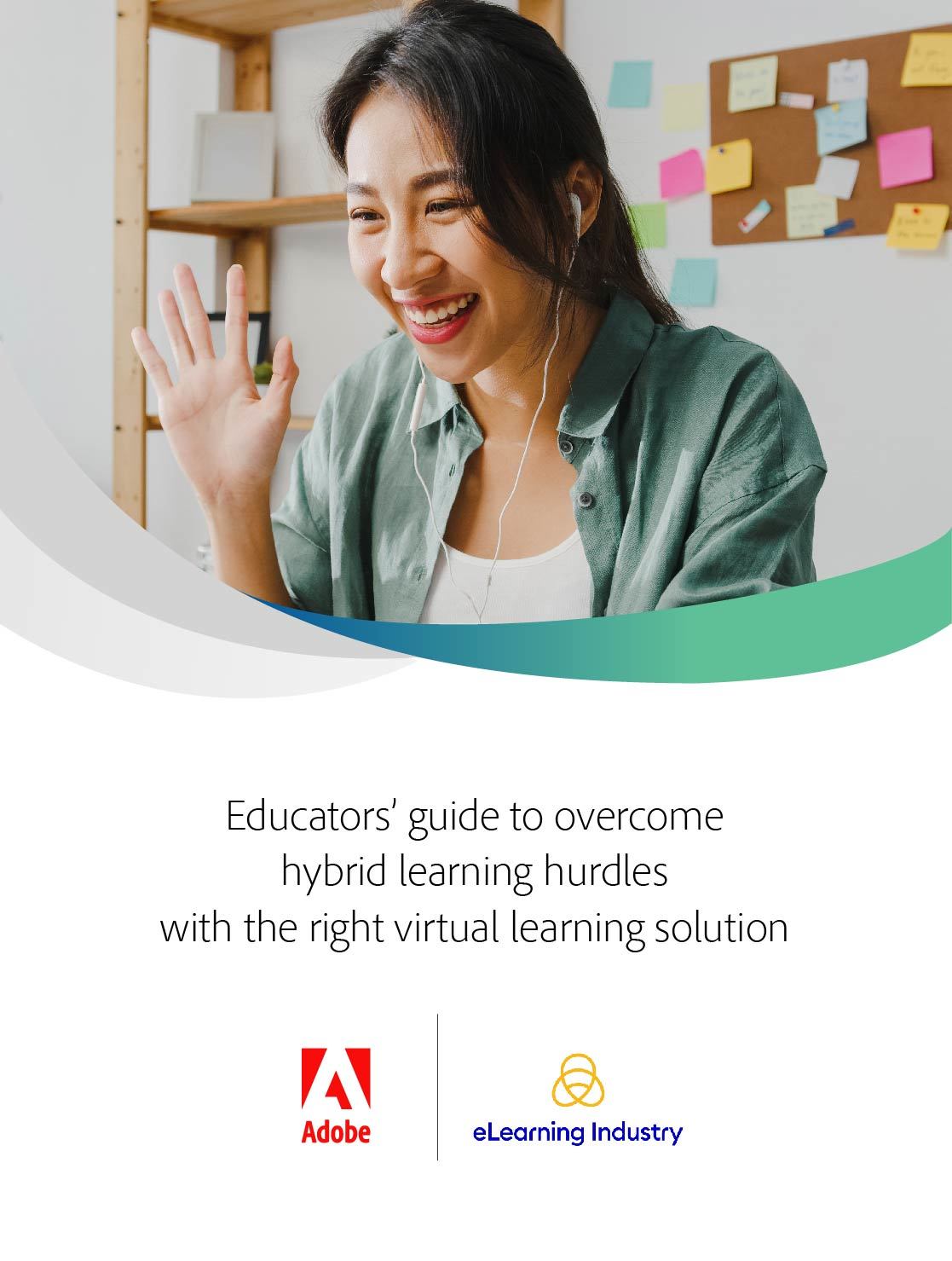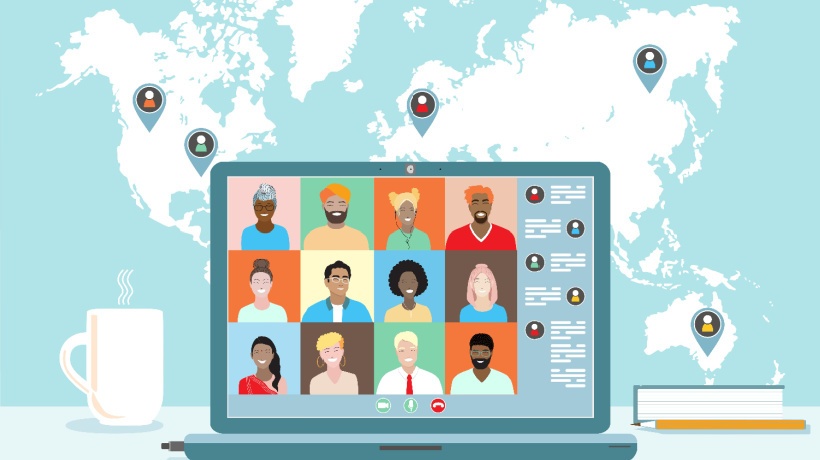Breaking Down Learning Accessibility Barriers In Virtual Learning
Its ability to make learning approachable to everyone regardless of their location or time limitations has been one of the main reasons for virtual learning's surge in popularity. However, the same level of accessibility doesn’t always apply to people with disabilities or special learning needs. In this chapter, we look into what makes learning accessibility so important, as well as 3 ways you can break down accessibility barriers and provide learners with equal opportunities.

Why Is Learning Accessibility Important?
In the context of online learning, accessibility refers to a situation where all participants can use all available tools and materials, regardless of any impairments or limitations. Specifically, they can access a course, navigate the content, use all tools, and successfully participate and complete requirements. So, why is it important to make sure that online learning is accessible to all?
The most important reason is that people with disabilities or special learning needs make up a large percentage of online learners. This is because virtual learning environments allow them to access knowledge on more equal terms. They don’t draw attention to themselves and don’t have to think about transportation challenges. Another point to consider is that accessibility features are beneficial to everyone, not just people with disabilities. It’s similar to how curb ramps designed for people using wheelchairs or canes are also very helpful for people pushing strollers or suitcases. Similarly, when you add closed captions to a video for people with hearing impairments, you also help foreign learners better understand their instructor.
Finally, it’s important to know that learning accessibility is a right mandated by federal law in the United States. Specifically, section 508 of the Rehabilitation Act requires federal websites to offer web access to all people with disabilities. Although this act refers to government websites, there’s no reason why institutions and organizations that provide online educational content shouldn’t comply with its guidelines. This way, they can create a learning environment where all learners, regardless of physical or developmental impairment, can access knowledge in a way that best suits their needs.
3 Ways To Eliminate Accessibility Barriers
Now that we know why it’s important to provide learning accessibility to online learners, it’s time to figure out 3 ways to create accessible content and equal opportunities for all participants.
1. Create Accessible Content For Everyone
Accessibility features can take various forms depending on the target audience. When thinking about web conferencing user experience, there are three categories of disability that require special handling: visual, auditory, and mobility. Let’s look at a few ideas about how you can adapt your content to each of them.
- Visual impairments
These can include blindness, low vision, or color blindness. Considering that we are talking about online learning based on video conferencing tools, it’s crucial that your content is designed to overcome these challenges. Therefore, documents must be equipped with screen readers that enable visually impaired learners to participate in conferences. People with low vision, dyslexia, or color blindness will benefit from font size and style settings, as well as high contrast color combinations. Finally, MP4 subtitles and descriptive audio can make content in video form more accessible.
- Auditory impairments
This impairment differs from person to person, and it ranges from profound to mild hearing loss. To make a virtual course more accessible to hearing-impaired people you need to rely on visual cues. The most commonly used is text in the form of automating speech-to-text captions, closed captioning for videos, text messaging, or chat boxes. If auditory cues are part of your online learning experience, you must replace them with visual representations.
- Mobility impairments
Mobility impairments can arise from injuries or various medical conditions. They limit people’s fine and/or gross motor skills and affect their ability to use a keyboard and a mouse. People with mobility impairments can achieve learning accessibility with keyboard navigation. It’s easier to press a specific button than trying to use a sensitive mouse or trackpad. For severe motor impairments, the web conferencing tool you’re using must be compatible with alternative input devices, such as voice-controlled software.
2. Offer Flexible Learner Engagement Options
In virtual learning, many instructors follow a one-size-fits-all approach because it is the easiest strategy. However, to create a learning environment that promotes equality, you must allow your audience to learn in various ways. For some learners, it might be impossible to remain focused for the duration of a three-hour-long session due to physical fatigue or short attention span. Break up these lectures in parts, or turn them into workshops or group projects to encourage participation and boost engagement. Interactive recordings also allow learners to watch sessions as fast or slow as they need while also participating in activities, simulations, or polls.
3. Facilitate Communication
It is very often that people with disabilities hesitate to express their issues and needs. Therefore, you want to provide them will as many communication tools as other participants have access to. Create optimized chat boxes equipped with features that accommodate all disabilities. As we mentioned above, these would be screen readers, easy-to-use keyboard shortcuts, customizable font size and style, etc. By encouraging and supporting communication and feedback, all participants feel that their opinion is valued. As a result, they become more engaged and their learning progress is enhanced. In addition, feedback helps instructors gauge the effectiveness of learning accessibility features and make necessary changes and upgrades.
Conclusion
Accessibility is much more than a requirement mandated by acts and guidelines. It’s the commitment to make software, conferencing platforms, and access to online knowledge, in general, more readily available to everyone. Learning accessibility is necessary for a considerable percentage of the population, but it can make everyone’s lives easier. To achieve it, you must design content that accommodates the needs of three basic impairment categories: visual, auditory, and mobility. Finally, offer flexible engagement options to your learners and facilitate communication so that they can express their queries and problems.
Download the eBook Educators' Guide To Overcome Hybrid Learning Hurdles With The Right Virtual Learning Solution to break down the roadblocks that stand in the way of hybrid learning success.










